Have you ever thought what the Isle of Skye, home to some of Scotland’s most iconic landscapes, has in common with the Moon? Or have you ever considered that while tramping the Cuillin, one of Skye’s majestic geological features, you are somehow exploring lunar structures? Although it is only one small step for man, and not necessarily one giant leap for mankind, a hike to the Gars-bheinn, a mountain in southern Cuillins, makes you closer to the Moon than most places on Earth?
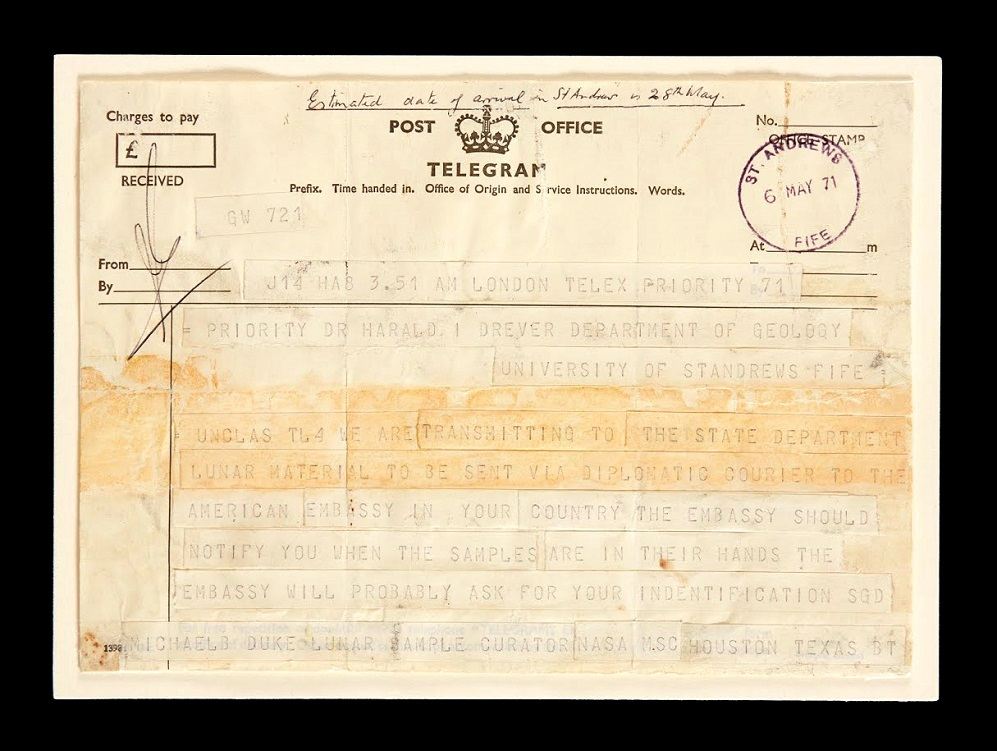
November 1969
Four months after Apollo 11 astronauts successfully landed on the Moon, the next Apollo mission was launched on a rainy evening of 14th November 1969 from the Kennedy Space Center, Florida. Five days later, commander Conrad and pilot Bean achieved a precise landing at their expected location. Their landing site was located in the south-eastern portion of the Ocean of Storms.
The astronauts collected rocks and lunar samples, and set up equipment that measured seismicity, solar wind, and magnetic field on our natural satellite, and relayed the measurements back to Earth. The Apollo 12 mission finished on 24th November with a successful splashdown. While Conrad and Bean brought 34.35 kilograms of lunar samples, all Apollo missions delivered 382 kilograms of samples to Earth.
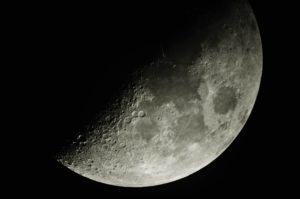
6th May 1971
A year and a half later, on 6th May 1971, the University of St Andrews received a telegram from NASA. It detailed the dispatch of lunar samples to the American Embassy in London from where they would be delivered to St Andrews on 23rd May 1971. The telegram was addressed to Harald Irving Drever, Professor of Geology.
“PRIORITY DR HARALD I. DREVER DEPARTMENT OF GEOLOGY
UNIVERSITY OF STANDREWS FIFE
UNCLAS TL.4 WE ARE TRANSMITTING TO THE STATE DEPARTMENT
LUNAR MATERIAL TO BE SENT VIA DIPLOMATIC COURIER TO THE AMERICAN EMBASSY IN YOUR COUNTRY THE EMBASSY SHOULD NOTIFY YOU WHEN THE SAMPLES IN THEIR HANDS THE EMBASSY PROBABLY ASK FOR YOUR IDENTIFICATION MICHAEL DUKE LUNAR SAMPLE CURATOR NASA HOUSTON TEXAS”
Professor Harald Irving Drever, FRSE
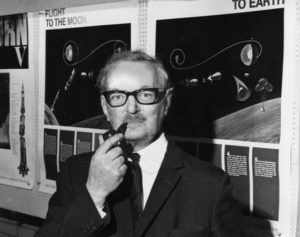
As a postgraduate at the University of Cambridge, Drever joined student geological expedition to the west Greenland and Baffin Island in 1937. After being appointed at the University St Andrews in 1938, Drever organized the first of nine visits to Ubekendt Ejland, west Greenland. During his university career he studied also volcanic rock samples from the Isle of Skye.
His research on Ubekendt Island and in the west of Scotland included detailed analysis of ultrabasic rock minerals, which were comparable with specimens brought by the Apollo 12 mission. Drever’s research and expertise resulted in an invitation to participate in the NASA Lunar Research Programme. He joined a group of few other geologists selected by NASA and analysed the Moon samples delivered by the Apollo 12 and later missions. Drever was eventually appointed the Principal Investigator with the Apollo programme from 1971 to 1973. He died two years later, in 1975, at the age of 63.
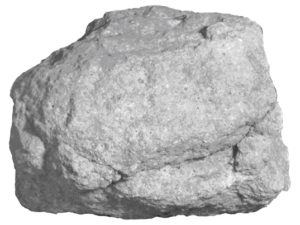
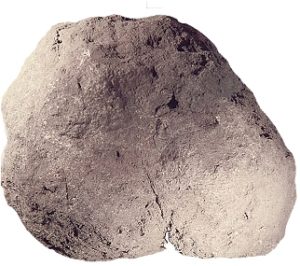
Skye and the Moon – a geological connection
One of the most distinctive textural characteristics of lunar igneous rock of basaltic type is the crystallisation of olivine, pyroxene, and plagioclase in immature forms. Drever’s scientific interests laid primarily in this immature crystallisation and textures that characterise it. Indeed, many igneous rock samples from the Apollo 12 and Apollo 15 missions demonstrate these features.
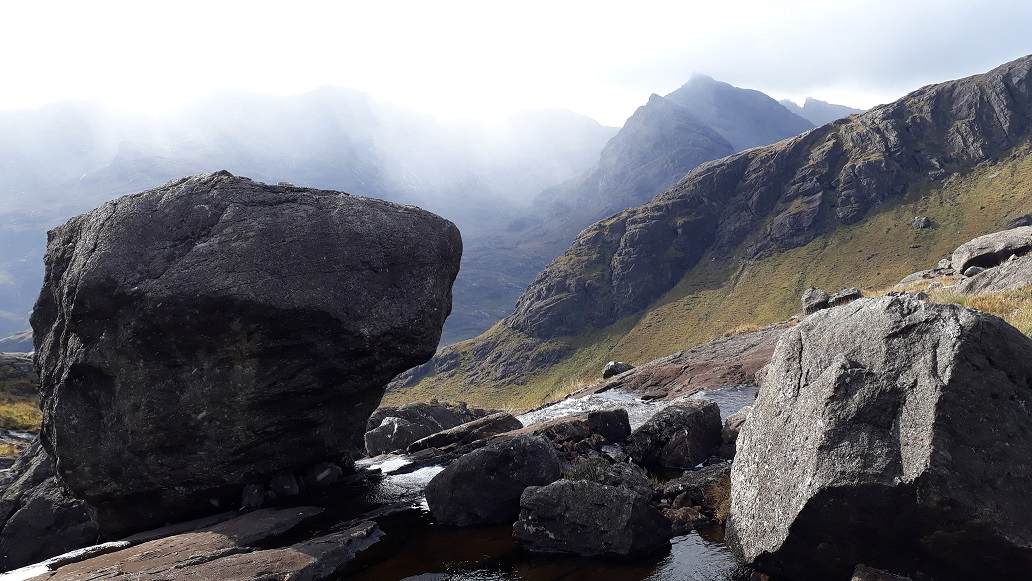
In particular, Drever studied textures in Procellarum samples 12002, 12009, 12021, and 12065, which, falling within his direct experience, represented the closest terrestrial analogues. A specimen of a terrestrial rock with a relevant texture came from Skye. It was a rock located a few centimeters below the top of the horizontal western extension of the Gars-bheinn intrusion. Analogical lunar and terrestrial textures were subject to rigours optical analysis. Drever demonstrated that of all igneous textures, porphyritic texture is the one with which the interpretation of the major differentiation of lunar basalts is mainly concerned. Many lunar rocks have this texture, the most typical phenocrysts being lime-poor pyroxene; less common are forsteritic olivine and anorthitic plagioclase still less.

6th May 2020 – Space exploration at St Andrews
Although Drever was most likely the first St Andrews based researcher who touched the Earth’s natural satellite, he was one of many university scholars studying the space, stars, and the Moon. While our fantastic researchers explore the universe and do their best to improve understandings of the extra-terrestrial world, the University has also hosted NASA astronauts and scientists. In addition, the Museums of the University of St Andrews care for, study, and promote the heritage of generations of scholars looking up towards the sky and investigating our stellar environs. This heritage is presented in the Gallery no. 4 at the Wardlaw Museum.
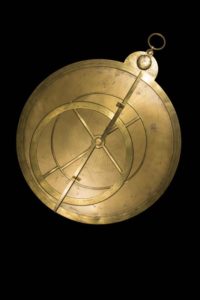
Written by Dr. Kamila Oles